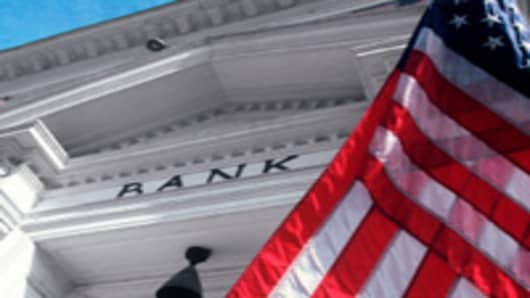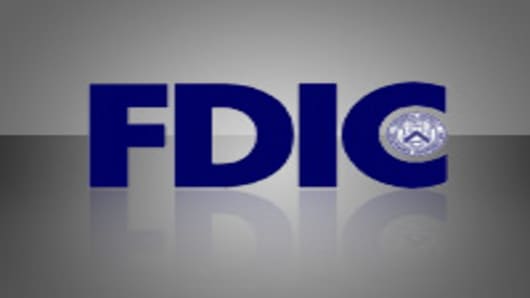“Pay out the shareholders and move on,” says Gerald O’Driscoll, a former official at the Dallas Federal Reserve Bank and former vice president at Citigroup. “You could do it that way—the Bear Stearns model. Give them something nominal, so they don't resist.”
O’Driscoll, who's now with the Cato Institute, is among those who predict that nationalization will take place on a case-by-case basis as part of the solution. “I think they're going to end up with a certain number of cases, even though they procrastinated, hoping the situation would work itself out.”
Past Cases
Proponents of nationalization cite the Sweden government’s use of the concept in the 1990s, which is widely regarded as successful crisis management. Though the crisis was much smaller in size and involved traditional real estate assets and also didn’t happen to coincide with a global calamity, the Swedish government injected capital into some institutions, separated bad assets from good ones, replaced management, ran them as long as necessary and sold them back into the market.
“A number of aspects worked well, others did not,” says Laeven. “The management of assets was done well. They recovered a lot of value and were able to sell back into the market as the economy grew back. The ultimate cost to the taxpayers was low.”
The US accomplished much of the same in resolving the savings and loan crisis of the late 1980s and early 1990s.
Previous to that, the federal government took control of Continental Illinois (1984), then one of the nation’s largest bank, and Penn Central (1976), a major railroad company, and ran them for a considerable amount of time before selling them back to the private sector.
More recently, the FDIC took over the failed thrift IndyMac in July and is now waiting to close on a sale to private investors. In the fall of 2008. Washington wound up with a near 80-percent stake in AIG in exchange for massive federal assistance.
Some say AIG is worse off because of the government's involvement and are adamantly opposed to nationalization.
"I don’t believe it is the answer to today’s problems because I believe if we attempted to do it with one or more major banks today we would essentially destroy the franchise. These are much larger and complex institutions" says William Isaac, who was chairman of the FDIC from 1978-1985, and now is chairman of chairman of the Secura Group.
"I think the talk of nationalization is very, very harmful," adds Isaac. "Look what it's doing to [bank] stock prices. I think the government needs to make it clear that is not on the table."
Fed boss Ben Bernanke tried to do much the same in a major speech earlier this weeky, but a slip of the tongue only added to the uncertainty, some say (Watch the video).
The Obama administration's recent announcement that it would start using a "stress test" for banks with assets over $100 billion as part of the financial aid process is seen as a prelude to some nationalization process. Such thinking has dragged on financial stocks in recent days, but that is not thought to be the Treasury Department’s purpose.






